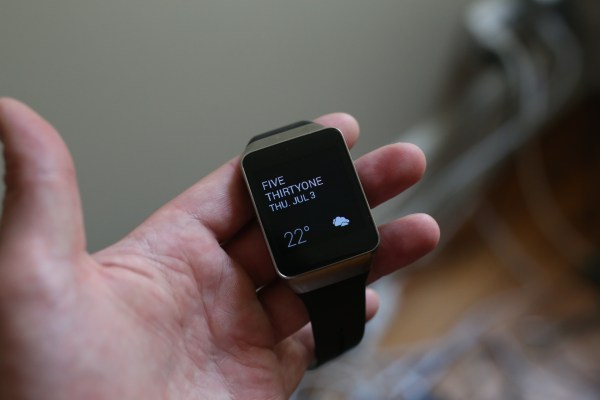Just as fitness apps and wearables are gaining real traction, the introduction of Android Wear is giving consumers their first maybe-viable smartwatches. In the coming months and years, this new category will force consumers to make a similar decision as that between Microsoft’s unified approach to operating systems and Apple’s intentional divergence of iOS and Mac OS X.
Windows 8 was famously designed to be an operating system with “no compromises.” It would provide a unified experience across every category of devices including tablets, laptops and desktops. This meant designing an interface that could handle multiple types of input, including keyboards, mice, touch, and styli, as well as multiple form factors, from small tablets that can fit in a coat pocket to all-in-ones that can do double duty as a television.
Apple has taken the opposite approach. It designs its devices to make the right compromises for their form-factors, optimizing the iPad lineup for touch and Mac hardware and software for keyboards and mice.
So far, the conflict between those philosophies has resulted in lukewarm reactions to Windows 8 on traditional PCs and the iPad vastly outselling its Windows 8 tablet competitors — to the point where Microsoft moved the goal post by arguing that its own Surface 3 tablet is really competing against the Macbook Air.
Just as the Surface is a mix between a laptop and a tablet, Android Wear devices have some features from fitness-centric wearables and some from your smartphone. They can keep track of your steps and heart rate, and in the future one can envision smartwatch makers throwing in all kinds of sensors that give more health information. They do so at the expense of a certain required bulkiness to fit in sensors, batteries and screens, as well as the need to have an interface that facilitates more complex interactions like getting directions.
On the other end of the wearables spectrum, there are devices like the Jawbone UP that strip out everything but sensors and wireless radios. These devices are more comfortable, have better battery life, and essentially no user experience on the device itself. These devices will only become cheaper as the market expands and sensors become smaller and less expensive to make.
It’ll be interesting to see which philosophy wins over consumers. Do people want one device on their wrist in the same way that they generally want one phone, picking the device with the fewest compromises for what they’d use it for? Or will people choose to buy several devices purpose-built for their specific interests or health concerns, like getting one wristband for weight-lifting and another for monitoring sleep habits?
Or maybe people will get over the fact that they look like dorks and just start wearing multiple devices, using a smartwatch on one wrist for notifications and voice searches and hot-swapping devices full of sensors on their other wrist depending on what they’re doing.
With Android Wear only hitting the market today and Apple’s “iWatch” announcement supposedly coming in October, it’s too early to know how this will play out. Both companies seem to be hedging their bets — Google is offering Android Wear and Google Fit, while Apple is apparently going to offer its own watch as well as the Health app for keeping track of data from a multitude of devices.
